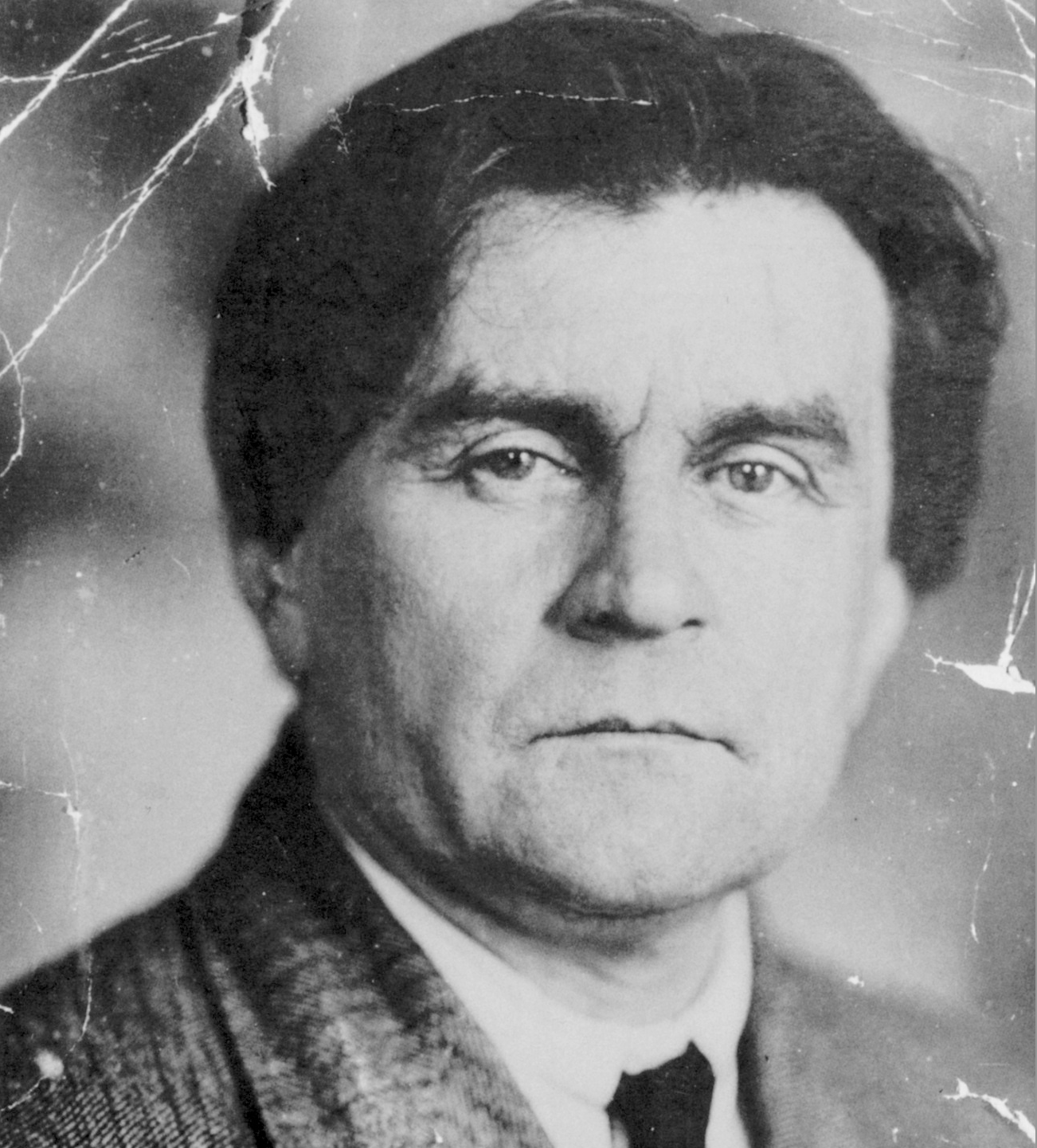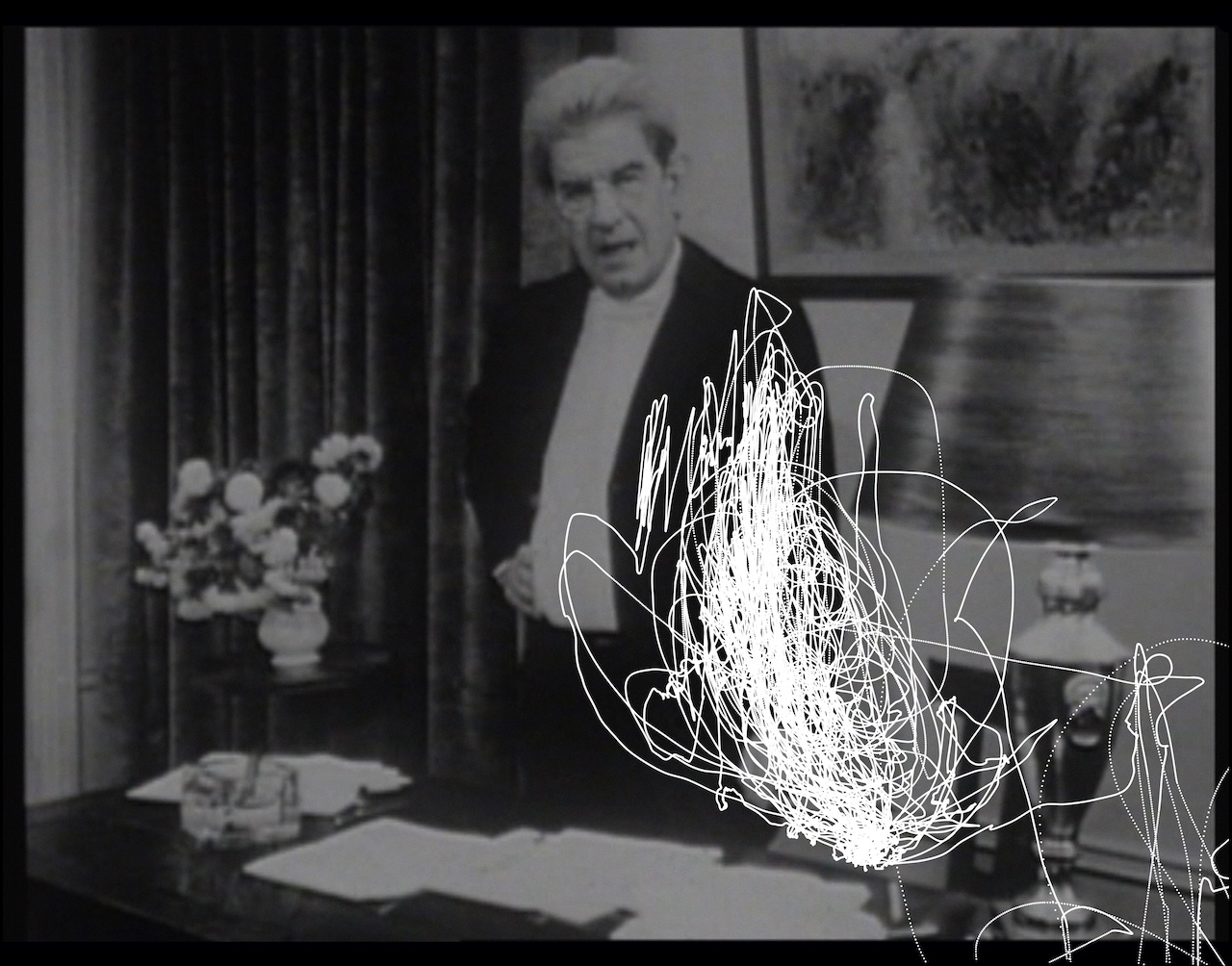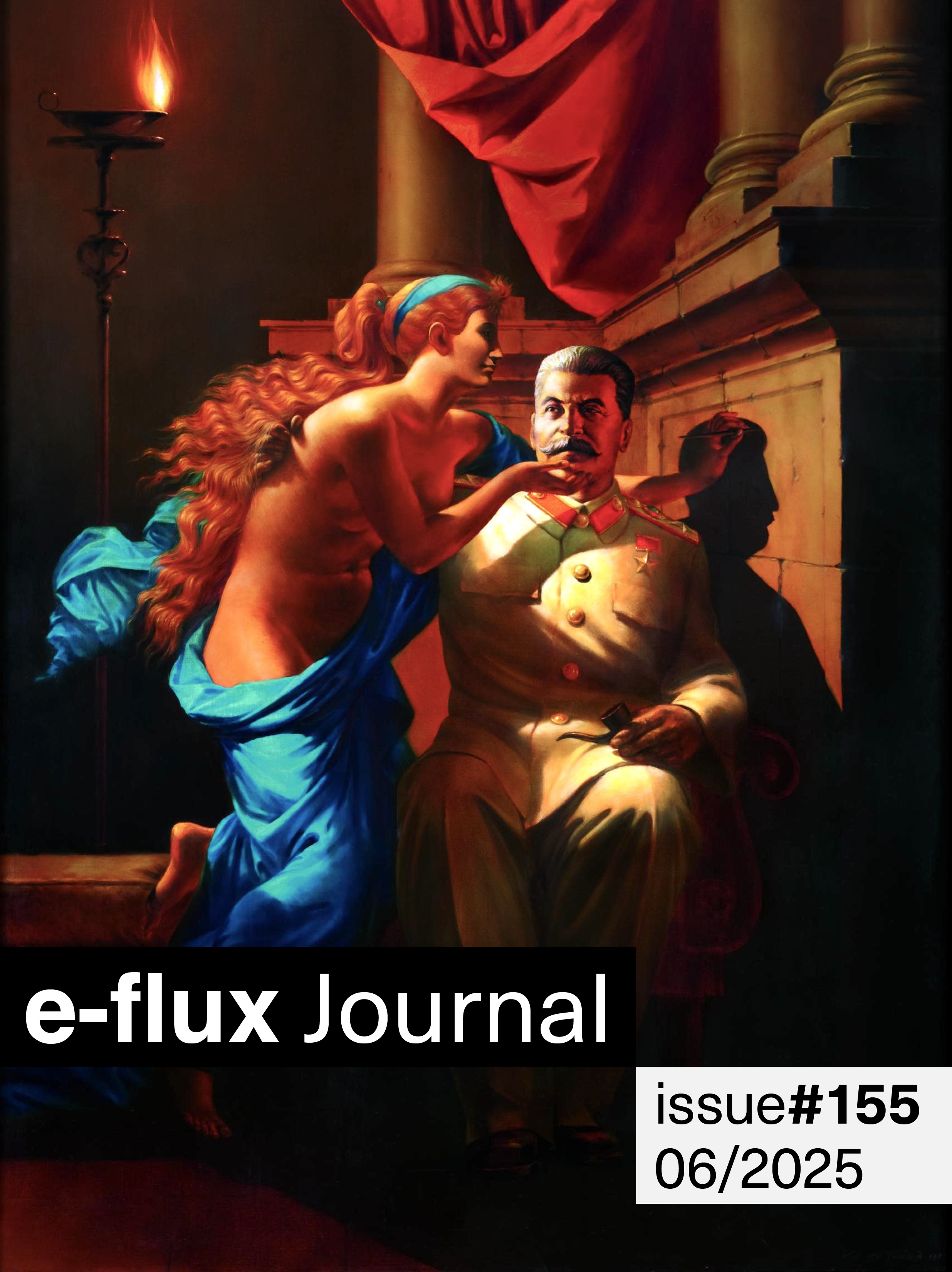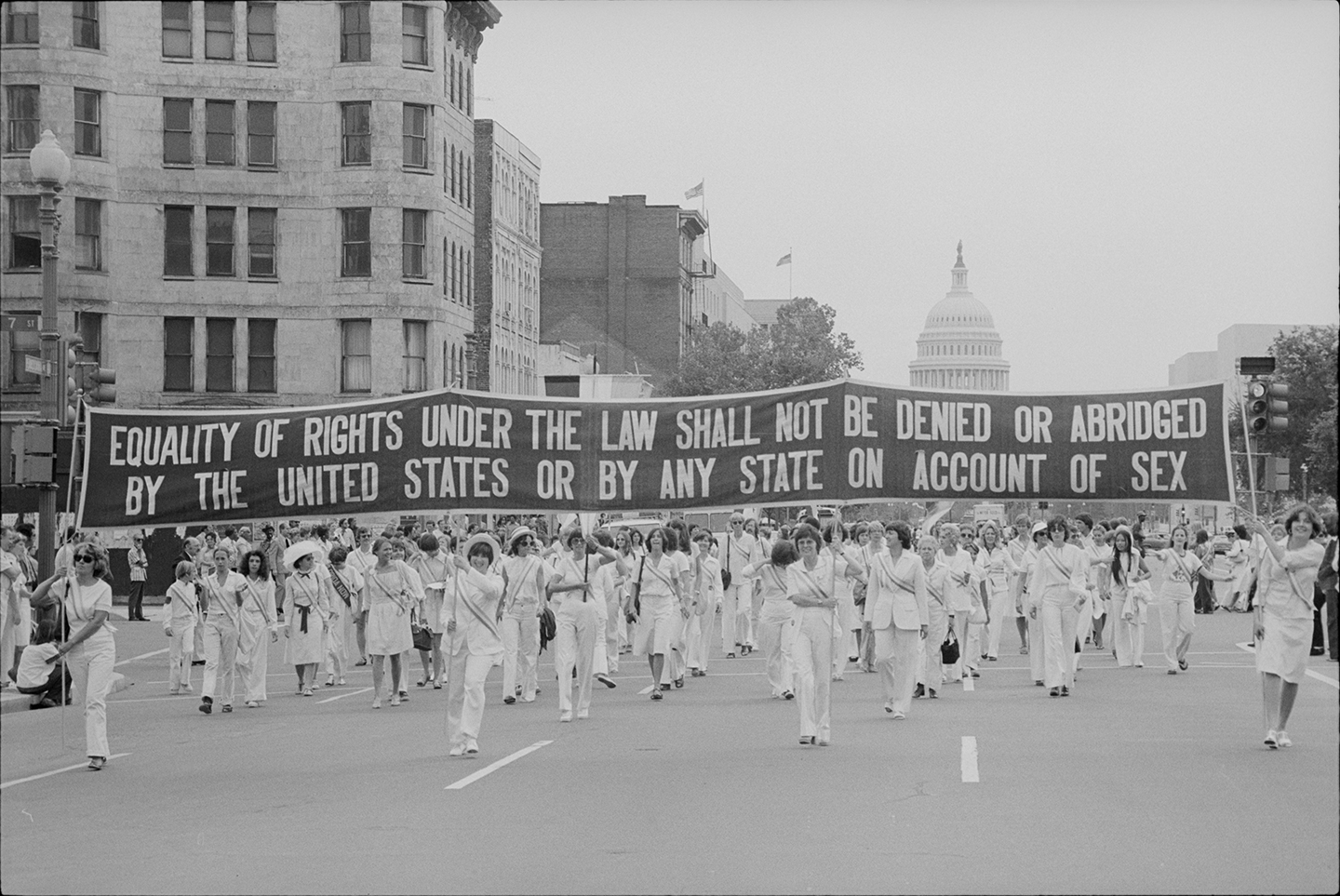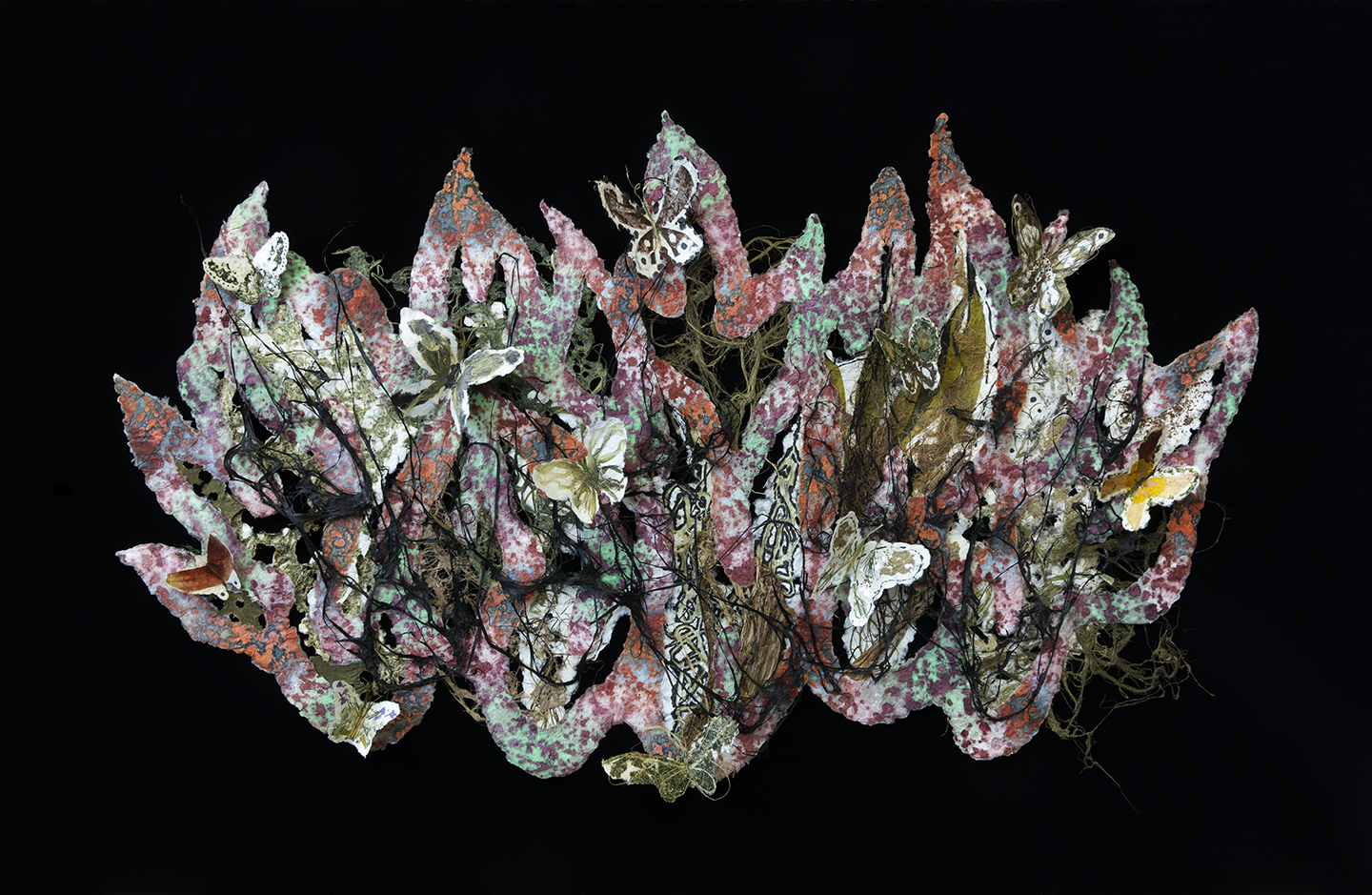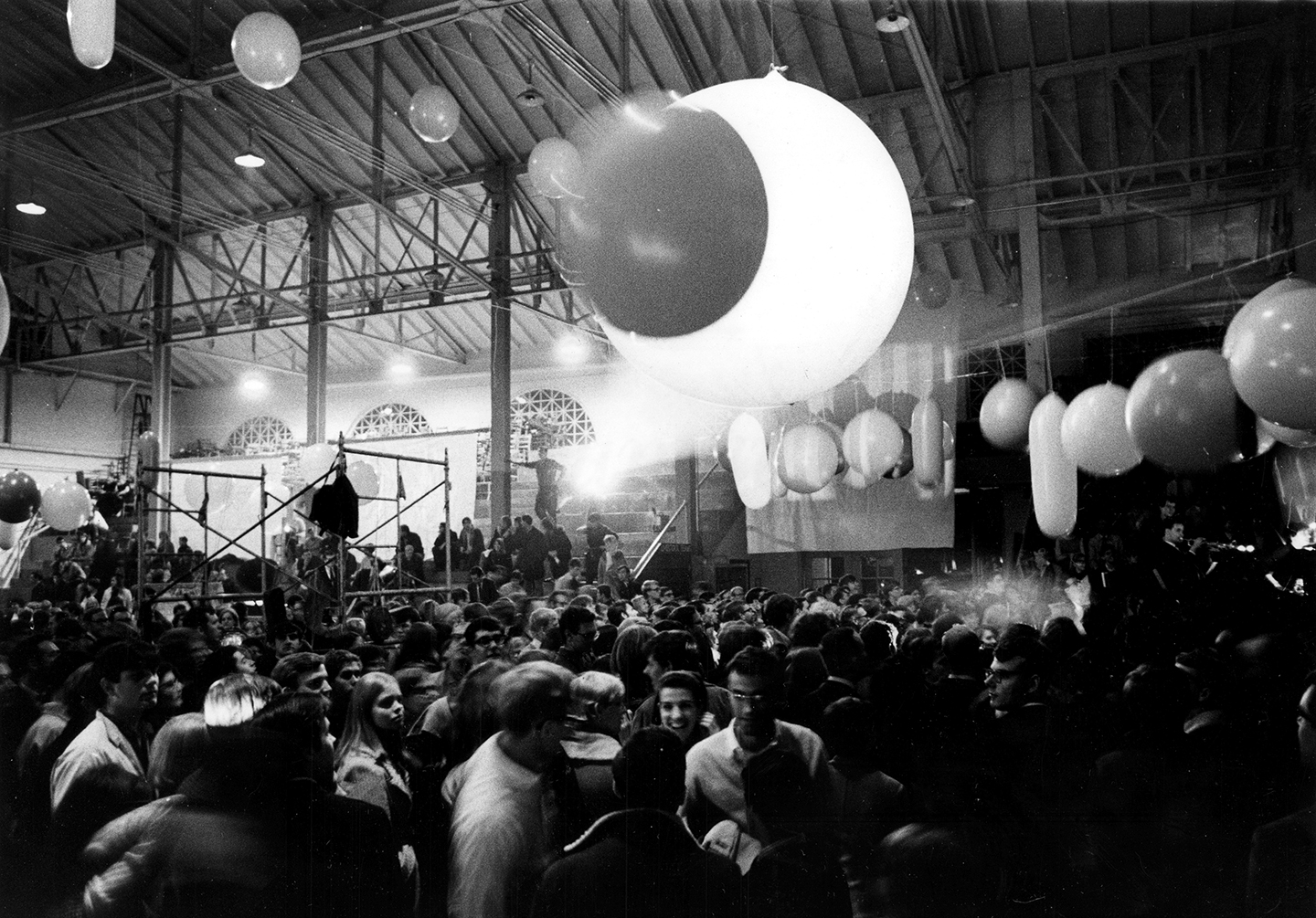Three works by Francis Picabia in 291, nos. 5–6, New York, July–August 1915. Via Wikimedia Commons.
The title of Jaleh Mansoor’s new book, Universal Prostitution and Modernist Abstraction: A Counterhistory, features one of Marx’s most notorious metaphors. At the bottom of one of the pages of his Economic and Philosophic Manuscripts of 1844, he scribbled the following sentence, almost as an afterthought: “Prostitution is only a particular expression of the universal prostitution of the worker.”1 Divorced from the land by the violence of original accumulation, the proletarian must purchase their means of subsistence in the price-setting marketplace, where they have nothing left to sell but their skin. Marx substitutes the image of feminized reproductive work for the exchange of labor power for a wage—a polemical equivalence designed to denaturalize the worker’s dispossession. The metaphorical leap is between sex work—an activity indirectly mediated by the market—and wage labor—a male-coded paradigm of market activity itself.2
The French avant-garde artist Francis Picabia named one of his most important works after Marx’s metaphor. Universal Prostitution, completed between 1916 and 1917, is a mixed-media drawing that depicts two machine parts connected by wires, annotated with floating signifiers about the human body. The freestanding object on the left of the image ejects pieces of language that drift horizontally like commodities on an assembly line. The supine object on the right is identified as “sexe feminine ideologique,” and sports a uterine pouch tagged with the phrase “sac de voyage.”
Picabia’s desiring machine depersonalized the gender semiotics of Renaissance portraiture, without foregoing them. But it also marked a moment of transition in the Dada movement with which he was closely affiliated. As George Baker notes, Universal Prostitution drew a correspondence between personhood and production that inaugurated a new artistic interest in the pure symbolic dimensions of capitalist exchange.3 Borrowing from the imagery of industrial engineering, Picabia elevated fixed capital to the status of an object of desire, in this way indexing the commodity form’s penetration into the private recesses of subjective interiority. This dynamic plays out in other Picabia works from the same period, most notably in the “object-portraits” published in the literary journal 291, one of which pornographically inscribes a spark plug with the caption “Portrait of a Young American Girl in a State of Nudity.”
Mansoor’s central argument is that Picabia’s experiments with machinic abstraction forged a new artistic grammar through which to map the emergent worker-subject of the early twentieth century. Rather than deify the proletarian in the style of socialist realism, or declaim against the abject conditions in the hidden abode of production, Picabia divests the wage laborer of their sovereignty, figuring them instead as a fungible node in the autonomous circuitry of value. As in Marx, prostitution functions as a metaphor for the exploitation, alienation, and dispossession that, under capitalism, become the general characteristics of productive activity. Yet, as Mansoor argues in the second chapter of her book, for Picabia sex work stands in more explicitly for the unknowable totality of socially necessary labor time, which reduces concrete particulars to an abstract equivalent.4 The wage worker is here conceived not as a placeholder for a yet-to-be realized collective subjectivity, but as a vessel for abstract social relations that exist outside the bounds of human sense perception. Like synapses or stitches, Picabia’s eroticized machine parts inhabit the space between these two spheres of market mediation, de-realizing pleasure and sensuality by unveiling them as the Träger of anonymized abstractions.
Drawing from Tiqqun’s use of the term “vision machines,” Mansoor demonstrates how artworks are able to mediate and express this system of impersonal domination in a way that makes visible an otherwise inaccessible social unconscious.5 Market relations saturate social life to such an extent that they become imperceptible, and this open secret is the problem upon which art is set to work. All of the pieces that Mansoor selects for discussion are, accordingly, stamped by a dialectic of ineluctability and seclusion, mystification and crystallization, determination and concealment. Reaching backwards and forwards in art history—from Manet’s Olympia to Andrea Fraser’s video work, from Picabia’s mechanomorphs to the writings of Claire Fontaine—the book takes prostitution to be a matrix of modernity that extends beyond its restricted reference to the act of transactional sex.
In the first chapter, Mansoor reads Georges Seurat’s pointillist technique of building pictorial space through the accumulation of dots as a registration of the unity-in-separation of the capitalist totality.6 Grounded in research on physiognomic optics and the science of color, Seurat’s innovations at the granular level of mark-making formalized the synthesizing function of abstract labor, which can only be indexed fragmentally, through the painterly vocabulary’s failure to properly cohere. His work The Models depicts a series of nude women in various stages of undress, their indistinct appearance blurring the differences between them. This indetermination between identity and anonymity is interpreted by Mansoor as a metaphorical proxy for the faceless subject of wage labor, whose concrete attributes are universally submitted to the abstract rule of socially necessary labor time. In this way, the nude female body acts as a switching point between market exchange and social reproduction, desublimating the mythic figure of the muse by foregrounding the shadowed labor of portraiture.
A basic claim of the book is that artists have so frequently turned to the theme of prostitution because the image of human flesh offered up for money captures something fundamental about proletarian subjectivity. In The Models, the depiction of unclothed women undergoes a reversal from sexualized concreteness to intersubjective homogeneity; nudity metaphorizes abstract labor not despite, but by virtue of, its association with sensuality and eros. Chapter four approaches this inversion from the opposite direction through a discussion of Yves Klein’s Anthropometries. In 1960, Klein began using naked women as living paintbrushes over which he claimed to exercise total control. The marks that the women left on the canvas were redeemed as the gesture of the artist rather than affirmed as an expression of the models’ own interiority. Not without brutality, Klein reimagined the model as an instrument to be activated by the managerial oversight of the artist, who manipulates his employees with studied detachment. If Seurat’s painting figures its subjects as metaphorical stand-ins for market abstractions, Anthropometries performs the reverse operation, reducing dedifferentiated women to a standing reserve.7
Mansoor has provided an extensive and original account of the Marxian concept of “universal prostitution,” rethinking it as a framework through which to interpret works of modern and contemporary art. Nevertheless, there is something about the metaphor that fails to add up. The ambivalence seems to derive from Marx’s attempt to shock and offend the reader, which upholds the supposedly “immoral” status of the activity he wants to generalize. In logical terms, the metaphor is a contradiction: it is split between offense (which requires exceptionality) and normalization (which flattens out difference). If prostitution were universal, there would be no reason for the stigma, but without its indecent reputation, Marx would not have chosen it as a metaphor. Destigmatizing sex work while pathologizing the prostitute, Marx anticipates contemporary defenses of sex workers’ rights, even as he falls back on the stuffy Victorian morals of his day, which regarded prostitution as an illicit practice from which women needed to be “rescued.”8
Deficient or otherwise, Marx’s metaphors are always more than rhetorical flourishes or ornamental supplements. As Ludovico Silva has argued, they are the expressive support of his critique of political economy, and as such have a scientific value over and above their aesthetic function.9 Insult and polemic are a key resource for Marx’s attempts at de-reifying second nature, as when he mockingly likens commodity culture to the ceremonial worship of the premodern fetish. Universal prostitution operates in a similar way, as a challenge to the bourgeois exaltation of labor’s creative powers, which mystifies the historical separation of producers from the land.10 By swapping out waged employment for the sale of sex for money, Marx unsettles the patriarchal foundations of the capitalist regime of labor, disarming the modern subject of industry by substituting them for a personification of proletarian dispossession.
There is a moment in Freud’s case history of the Rat Man when the analysand recalls being beaten by his father as a child for doing something naughty. Too young to have any curse words at his disposal, the boy fought back with the violence of metaphor. “You lamp! You towel! You plate!” he screamed.11 This is the social form of capitalist exchange, a system of universal substitution in which laborers count as much as the objects they produce, and commodities take on the supernatural appearance of self-governing subjects. A young American girl is a spark plug in the same way that twenty yards of linen equal one coat. Universal Prostitution and Modernist Abstraction shows how artworks unmask the classed and gendered aspects of this topsy-turvy world in ways that other cultural objects cannot. The book will be an important touchpoint for future research into the historical entanglements of art, capital, and desire.
Karl Marx, Economic and Philosophical Manuscripts (1844), in Early Writings, trans. Rodney Livingstone and Gregory Benton (Penguin, 1992), 350.
Endnotes, “The Logic of Gender,” Endnotes 3: Gender, Race, Class and Other Misfortunes (2013): 63.
George Baker, The Artwork Caught by the Tail: Francis Picabia and Dada in Paris (MIT Press, 2007), 26.
Jaleh Mansoor, Universal Prostitution and Modernist Abstraction: A Counterhistory (Duke University Press, 2025), 81.
Tiqqun, Preliminary Materials for a Theory of the Young-Girl, trans. Ariana Reines (Semiotext(e), 2012), 14.
Mansoor, Universal Prostitution, 54.
Mansoor, Universal Prostitution, 135.
Juno Mac and Molly Smith, Revolting Prostitutes: The Fight for Sex Workers’ Rights (Verso, 2018), 9.
Ludovico Silva, Marx’s Literary Style, trans. Paco Brito Núñez (Verso, 2023), 43.
Karl Marx, “Critique of the Gotha Programme,” in Political Writings (Verso, 2019), 1025.
Sigmund Freud, Standard Edition of the Complete Psychological Works of Sigmund Freud, Volume 10: Two Case Histories: “Little Hans” and the “Rat Man” (1909), trans. James Strachey (Vintage, 2001), 205.
